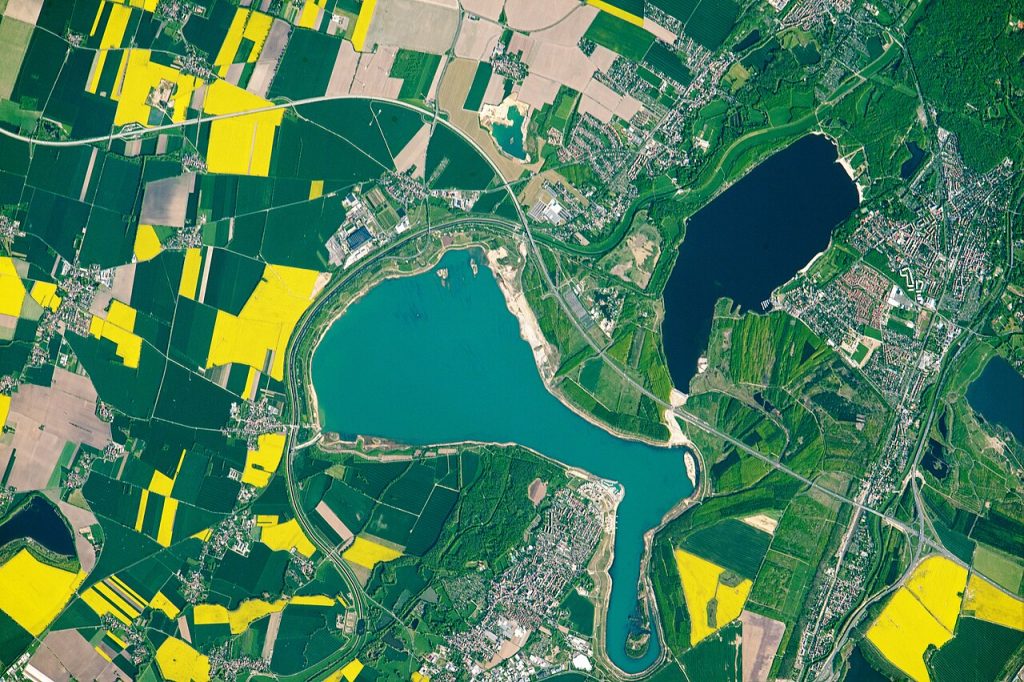
Wheat is one of the oldest and most important crops cultivated by humans. Its history stretches back over 10,000 years, and its journey from wild grass to global staple has played a central role in shaping human civilization. This article explores how humankind first encountered wheat, how it was domesticated, and how it has evolved to become an essential part of our diet and economy.
Early Beginnings: Discovery and Domestication
The story of wheat begins in the Fertile Crescent, a region that stretches from modern-day Iraq through Syria, Turkey, and into Israel. This area is often referred to as the “Cradle of Civilization” because it is where many early agricultural practices began. Around 10,000 to 12,000 years ago, wild wheat species such as Triticum dicoccum (einkorn wheat) and Triticum turgidum (emmer wheat) grew naturally in the region. Early humans, who were primarily hunter-gatherers, likely began to notice the edible nature of these plants and started collecting the seeds.
The domestication of wheat was a gradual process. Over time, people began selecting the best seeds from wild wheat, and this process of artificial selection led to the development of wheat varieties with larger seeds and higher yields. By about 9,000 years ago, ancient people in the Fertile Crescent began planting wheat deliberately. This shift from gathering to farming marked the beginning of agriculture and the rise of early human settlements.
Wheat Spreads Across the World
As agricultural techniques improved, so did the spread of wheat. Wheat cultivation spread from the Fertile Crescent to neighboring regions, including Egypt, Greece, and Rome. The ancient Egyptians were among the first to develop advanced techniques for growing wheat along the banks of the Nile River. The regular flooding of the river provided nutrient-rich soil, making it ideal for wheat farming.
By the time of the Roman Empire, wheat had become a staple food in many Mediterranean countries. The Romans valued wheat for its nutritional content and versatility, using it to make bread, porridge, and other foods. Roman military campaigns also played a role in spreading wheat to other parts of Europe and North Africa, helping to establish it as a key crop throughout the empire.
The Middle Ages: Wheat in Europe
During the Middle Ages, wheat continued to be an essential crop in Europe. However, the growth of wheat farming faced several challenges, including limited knowledge of crop rotation, unpredictable weather patterns, and the threat of diseases and pests. Despite these challenges, wheat remained an important food source, particularly for the growing urban populations of Europe.
In medieval Europe, wheat was primarily used to make bread, which was a dietary staple for both the rich and the poor. However, the quality of the bread varied greatly depending on social class. The wealthier classes could afford fine white bread made from finely milled wheat flour, while the poorer classes often had to make do with coarser, darker bread made from rye or barley.
The Age of Exploration: Wheat Across the Atlantic
The Columbian Exchange, which began after Christopher Columbus’s voyages to the Americas in the late 15th century, led to the introduction of wheat to the New World. Wheat was brought to the Americas by European settlers, and it quickly became an important crop in the newly colonized territories. By the 17th century, wheat was being grown in what are now the United States and Canada, where the fertile soil of the Great Plains proved ideal for large-scale wheat cultivation.
In the United States, wheat farming grew rapidly in the 19th century, particularly with the expansion of the frontier and the development of new farming techniques. The U.S. became one of the world’s leading wheat producers, a position it holds to this day.
The Industrial Revolution: Wheat and Flour Milling
The Industrial Revolution in the 18th and 19th centuries brought about major changes in how wheat was processed and consumed. Advances in milling technology, including the development of roller mills, made it possible to produce finer, more consistent flour in large quantities. This revolutionized the flour milling industry and made white bread more widely available, even to the working classes.
At the same time, the advent of refrigeration and the development of modern transportation systems allowed wheat and flour to be transported more efficiently, both domestically and internationally. This global trade in wheat and flour helped to increase the availability of wheat-based products around the world.
Modern Wheat: Varieties and Global Impact
Today, wheat is one of the most widely cultivated crops in the world. There are three main types of wheat: hard red wheat, soft red wheat, and durum wheat. Each type is used for different purposes: hard red wheat is typically used for bread-making, soft red wheat is used for pastries and cakes, and durum wheat is used to make pasta.
Wheat is grown in a wide variety of climates, from the dry plains of the United States and Canada to the temperate regions of Europe and Asia. The expansion of irrigation and the development of genetically modified (GM) wheat varieties have further increased wheat yields and helped farmers adapt to changing climate conditions.
Today, wheat is a crucial crop not only for human food but also for animal feed, biofuel production, and industrial uses such as paper-making and bioplastics. The global wheat market is one of the largest and most dynamic commodity markets in the world, with wheat prices influenced by factors such as weather patterns, geopolitical events, and economic conditions.
Conclusion
The history of wheat is intertwined with the history of human civilization. From its origins in the Fertile Crescent to its spread across the globe, wheat has played an essential role in shaping human diets, economies, and cultures. As we look to the future, the continued cultivation and consumption of wheat will remain vital to feeding the world’s growing population and addressing the challenges of climate change and global food security.




